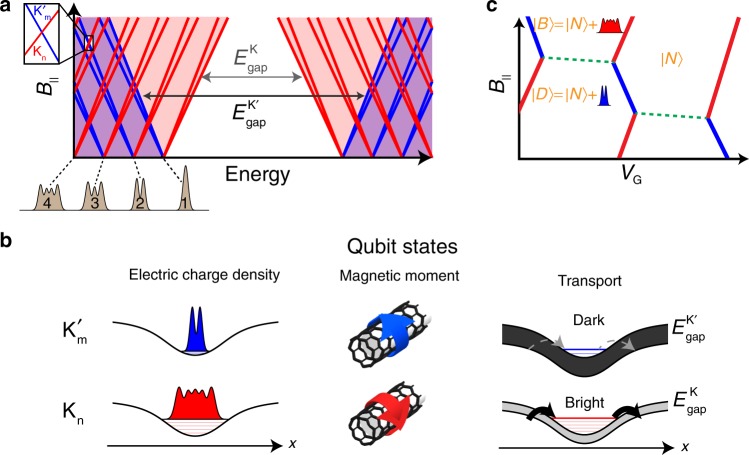Fig. 1. A qubit based on the natural wavefunctions in a carbon nanotube.
a Single particle energy spectrum of a single quantum dot in a carbon nanotube, as a function of magnetic field parallel to the tube axis, B||. Each spatial wavefunction (gray illustrations, bottom) has at B|| = 0 a 4-fold spin (↑, ↓) and valley (K−red, K′−blue) degeneracy, which is lifted at finite B|| with slopes given by the spin and orbital magnetic moments ±μspin ±μvalley. B|| also modifies the bandgap of the two valleys: decreases and increases with B|| (gray arrows). The intersection of two levels at finite B|| (inset) is used as the basis of our qubit. b The two intersecting levels (referred to as Kn, ) differ in three quantities: Since the Kn state is a much higher bound state in the confinement potential than the state, it is spread more along the nanotube (left). The Kn and states originate from opposite valleys with opposite magnetic moments due to opposite directions of electron motion around the nanotube circumference (center). The barriers of the dot are formed by the nanotube bandgap, which at finite B|| is different for the two valleys (see panel a), making the tunneling from the leads into the Kn state much faster than to the state (bright/dark, right panel). c Charge stability diagram, obtained by adding the charging energy to the energy spectrum in the inset in panel a. Coulomb blockade peaks zig-zag between charging of the two valleys (red/blue). The triple point used in the experiment is between the state, having N holes, and the and states, which are obtained by adding either a Kn hole (red) or a hole (blue).

